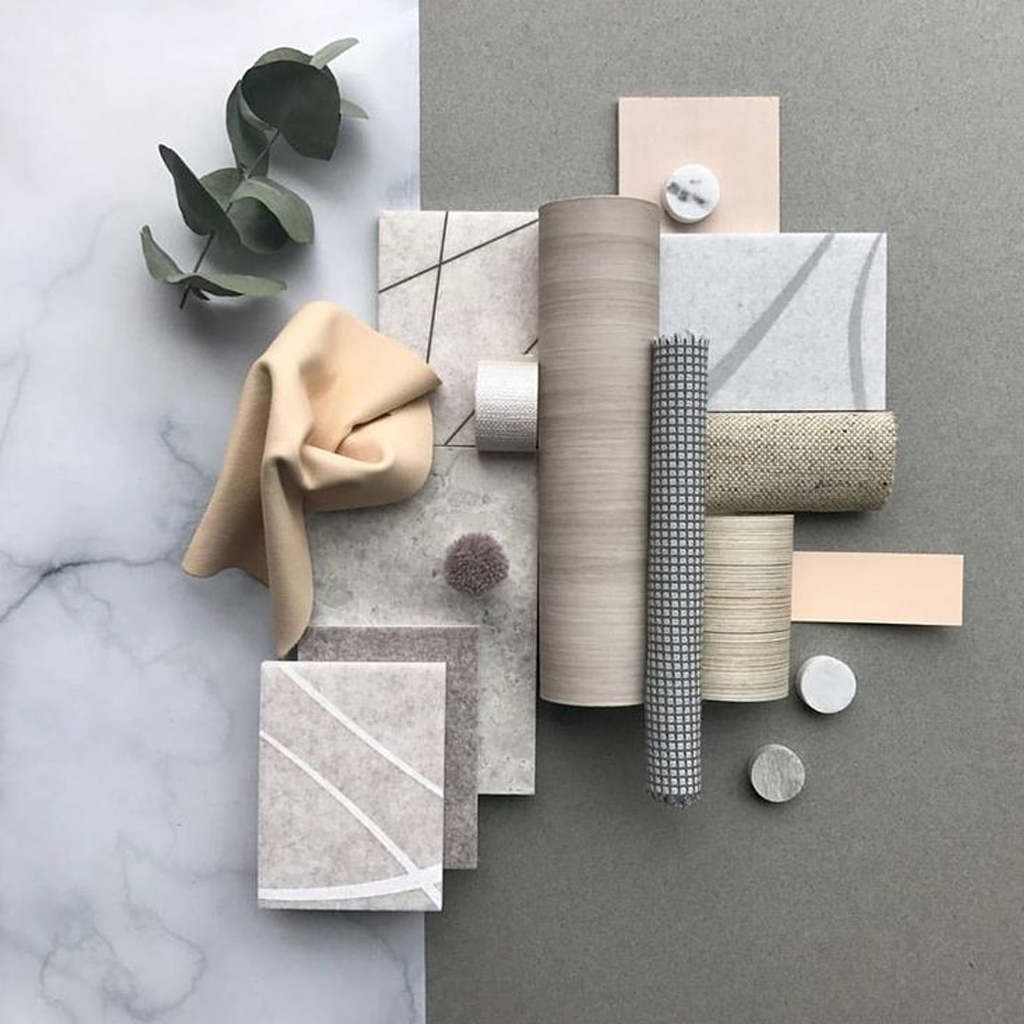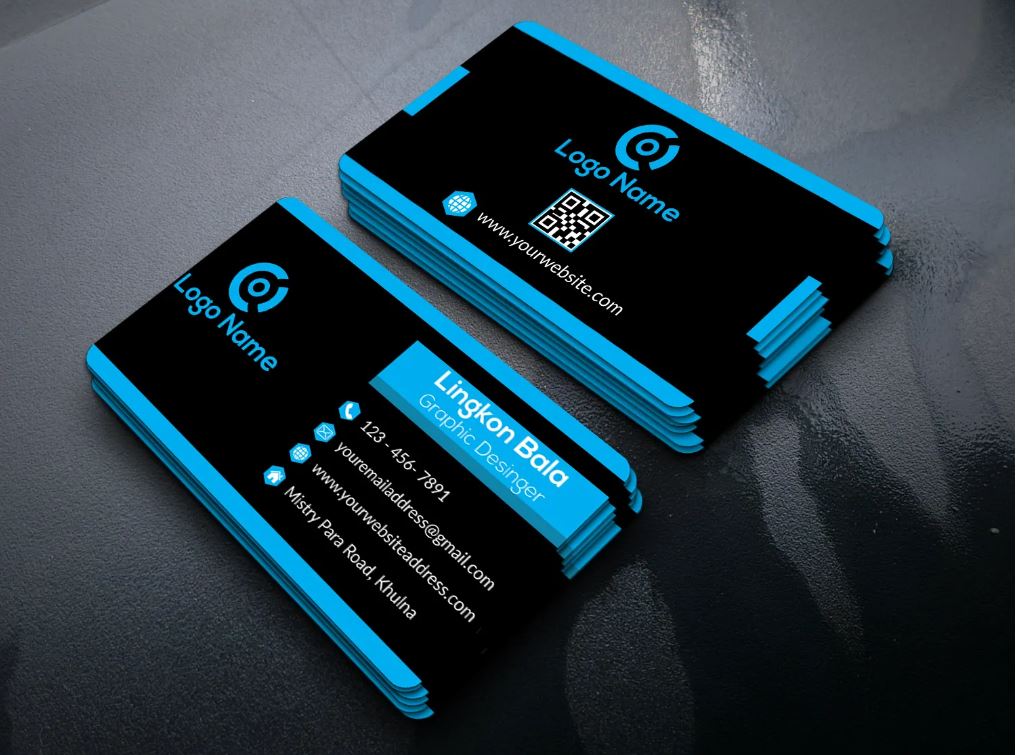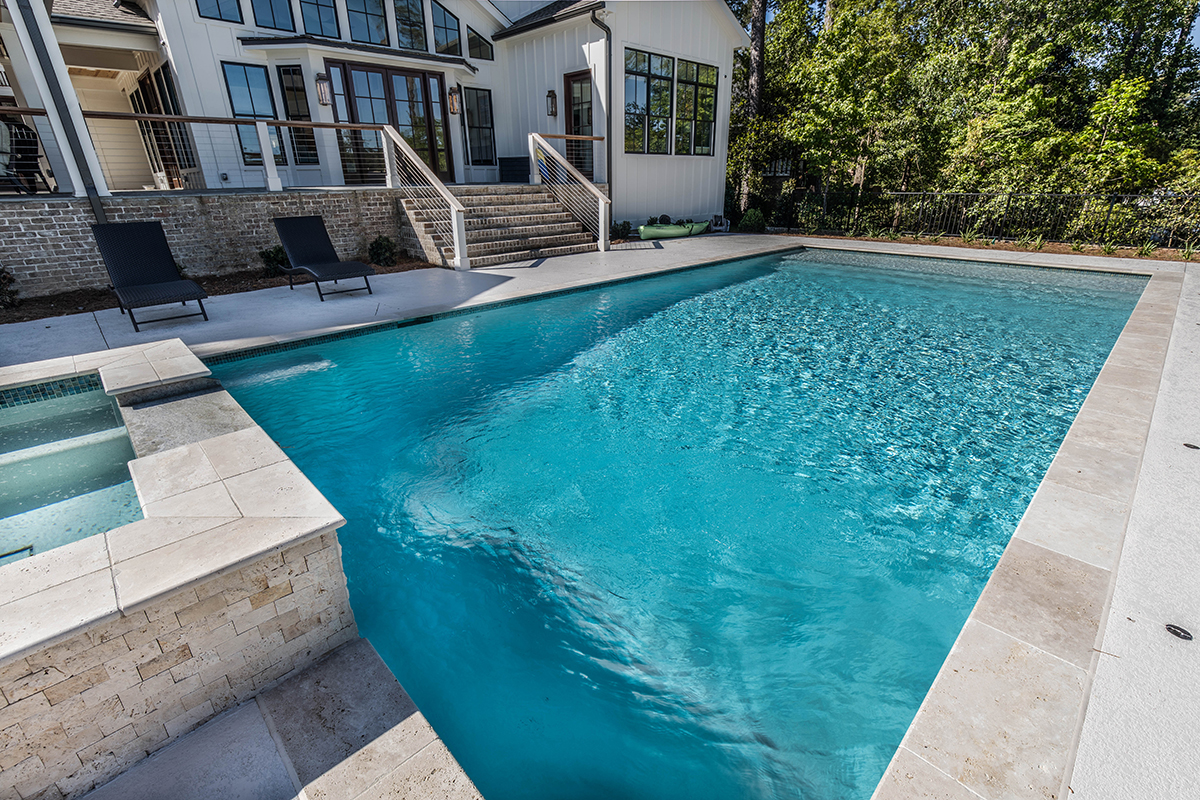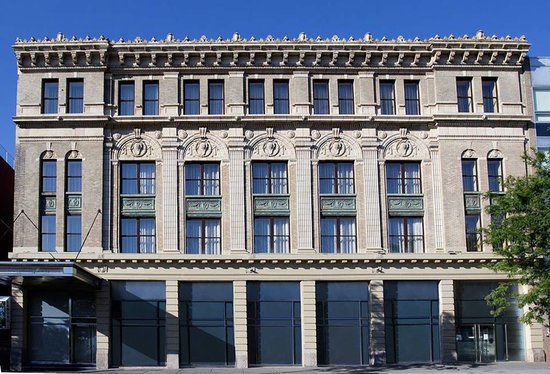Table Of Content

Each material brings its unique characteristics and contributes to the overall look and feel of the space. When selecting materials for your material board, consider factors such as durability, functionality, aesthetics, and budget. This newly updated and revised Sixth Edition includes a new overview of the design process for commercial design for students at all levels. An interior design moodboard is a great way to collect inspiration, explore ideas and set the tone for an interior design project. Building a dynamic vision for your project is simple, and with Milanote's integrated image search, you can find the perfect images without even leaving your board. SketchUp is a modeling suite for interior designers that can easily create 3D models for conventional architecture with modern furnishings.
Bringing Your Vision to Life
Textures play a crucial role in adding depth, tactile appeal, and visual interest to a space. When selecting materials for your material board, consider their texture and how they will interact with other elements in the design. Mixing different textures can create a dynamic and layered space that stimulates the senses. Neutrals, such as whites, grays, and beiges, are versatile and timeless. Neutrals can be used as a base color on walls, furniture, or flooring, allowing other elements in the space to stand out.
How to create a mood board that will inspire you
The founders of Mattoboard want to make storytelling easier for designers - Business of Home
The founders of Mattoboard want to make storytelling easier for designers.
Posted: Mon, 25 Jul 2022 07:00:00 GMT [source]
A cohesive color palette is essential in creating a harmonious and visually appealing space. When selecting colors for your material board, consider the overall mood and atmosphere you want to evoke. Begin by identifying a base color or a neutral tone that will serve as the foundation for your palette. From there, select additional colors that complement and enhance the base color. Textiles and fabrics play a crucial role in adding texture, color, and pattern to a space.
Adding Pops of Color
Be mindful of balance and visual hierarchy when layering patterns, ensuring that one pattern doesn’t overpower the others. Natural materials, such as wood, stone, and leather, can add a touch of warmth, authenticity, and timeless beauty to any space. Wood finishes can range from light and airy to dark and rich, allowing for various design possibilities. Stone materials, such as marble or granite, can add a luxurious and elegant touch. Leather can bring sophistication and a sense of luxury to furniture pieces.
The surfaces and finishes you choose can have a significant impact on the overall look and feel of a space. From flooring options to wall finishes, consider materials that are both aesthetically pleasing and practical for the intended use. For example, in high-traffic areas, opt for durable flooring materials such as hardwood or porcelain tiles. When selecting wall finishes, consider factors such as paint, wallpaper, or textured finishes that will contribute to the desired atmosphere. The Advanced Material Testing Laboratory is equipped for its role as both a space for hands-on education and as a resource for cutting-edge research in the area of material science. It contains a range of equipment and technical support staff for the testing of material samples.
Present to clients in a customized PDF, printed book, or on a branded website. The key to getting great photos of your material board is lighting, angles, and determining if you want a digital or print version. When selecting different fabrics, wood tones, metals, wallpapers, tiles, and other elements, focus on balancing textures and applying color theory. The Broad is a new contemporary art museum built by philanthropists Eli and Edythe Broad on Grand Avenue in downtown Los Angeles. The museum, which was designed by Diller Scofidio + Renfro, will soon be open.
You've started following your first account!
Smooth silks paired with rough wood surfaces make for interesting contrasts.
Add inspiring imagery
Most spend $1,900 to $11,200, or $5 to $12 per square foot for consultation, design work, management, and furnishings. These materials are versatile and can be used in various ways to create a classic and elegant interior. Interior designers select materials based on the style of the room they are designing. For example, if they are designing a modern room, they may choose materials like glass, steel, and concrete. On the other hand, if they are designing a traditional room, they may choose materials like wood, fabric, and leather.
Mixing Patterns to Create a Harmonious Home: Effortless Style Tips
The concept board is a way to test if your mood board was done correctly. I make this type of board to bring those abstract qualities from the mood board into the actual physical qualities of the space. Today, I'm using Milanote to create design boards for interior design. If you don’t have the space, materials, or interest in creating a physical board and you want something a bit different from Pinterest or Canva, Sheck has a great tip for a digital option. Here's an example of a digital flat lay material board created using SampleBoard. Flat lay is the term used when a sample or item is viewed from the top.

Designing professionals can analyze not just the interiors but also energy usage of buildings, ventilation, daylighting, etc. It offers a web-based version for the designers, which is free but limited in functionality. With over 11 years of experience in interior design and kitchen design, Ekta has worked on a wide range of projects from residential to commercial. She is currently leading the design team at Infinite Ideas Interiors, India. Once I see the physical components of a room together, I immediately know which items do or do not belong.
Amy Wilson, interior designer at 247 Curtains and 247 Blinds says the same goes for sourcing your images. “Find anything that inspires you or brings you joy and start to collect images. Knowing what feeling you want to evoke will help you choose the right images and materials for your mood board. A mood board is a collection of images, materials, and other design elements that represent the look, feel, and emotion you want for your home or office.
Tools like Kuler can be a handy starting point for finding colors that complement the space you're working with. Another trick is to pick colors directly from the images on the board using Swatch cards. Maintain consistency in showcasing certain elements to make your mood board templates more visually appealing. Here you can see the icons of different elements in sync with the main color scheme of the mood board template. Add images of real people or visuals that are a perfect fit for social media.









